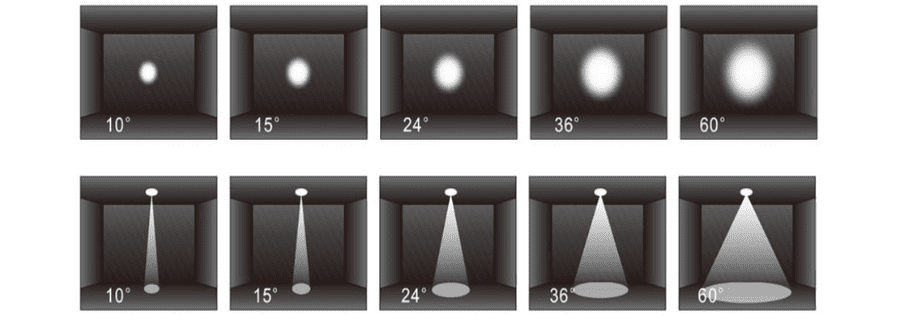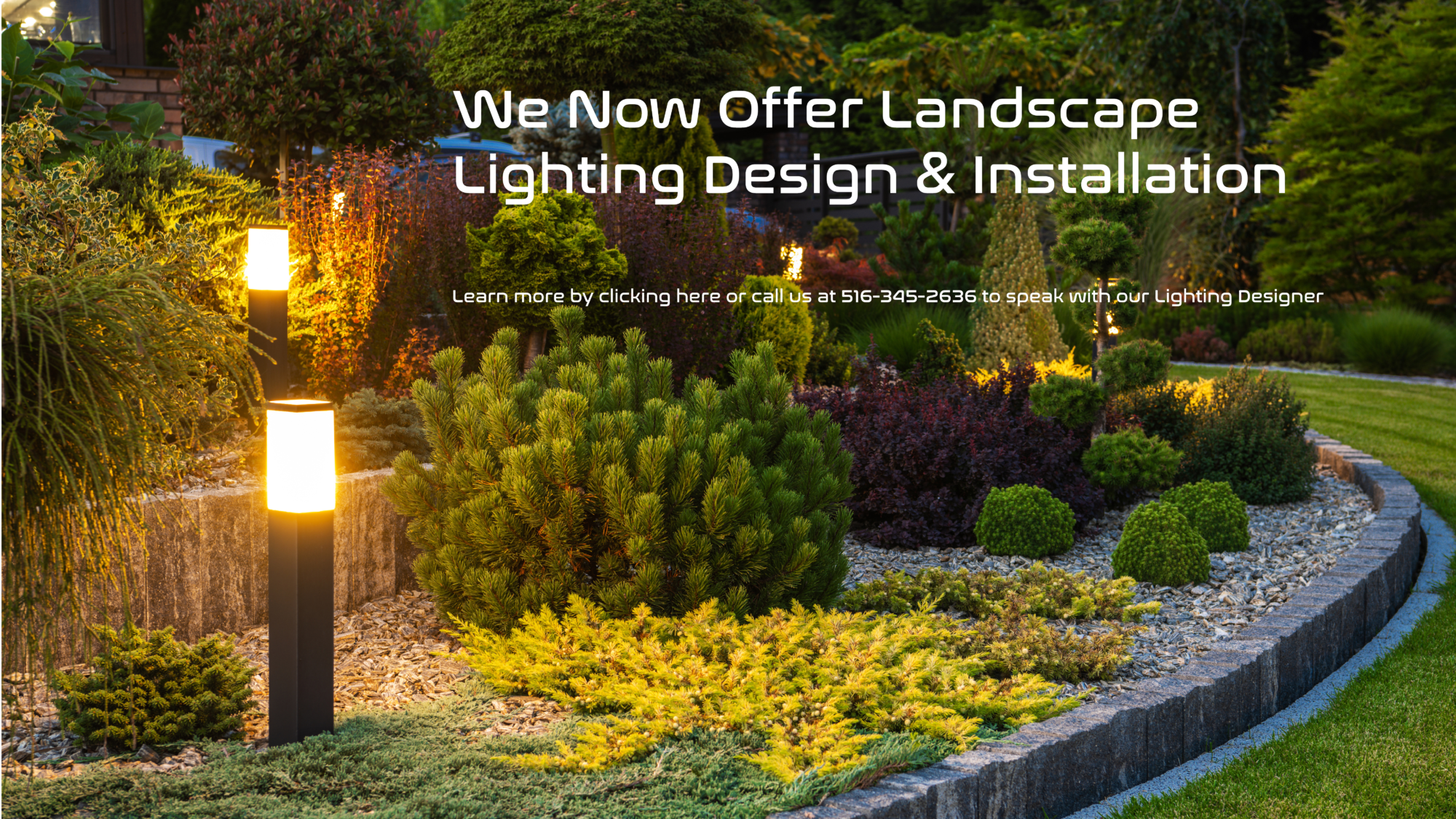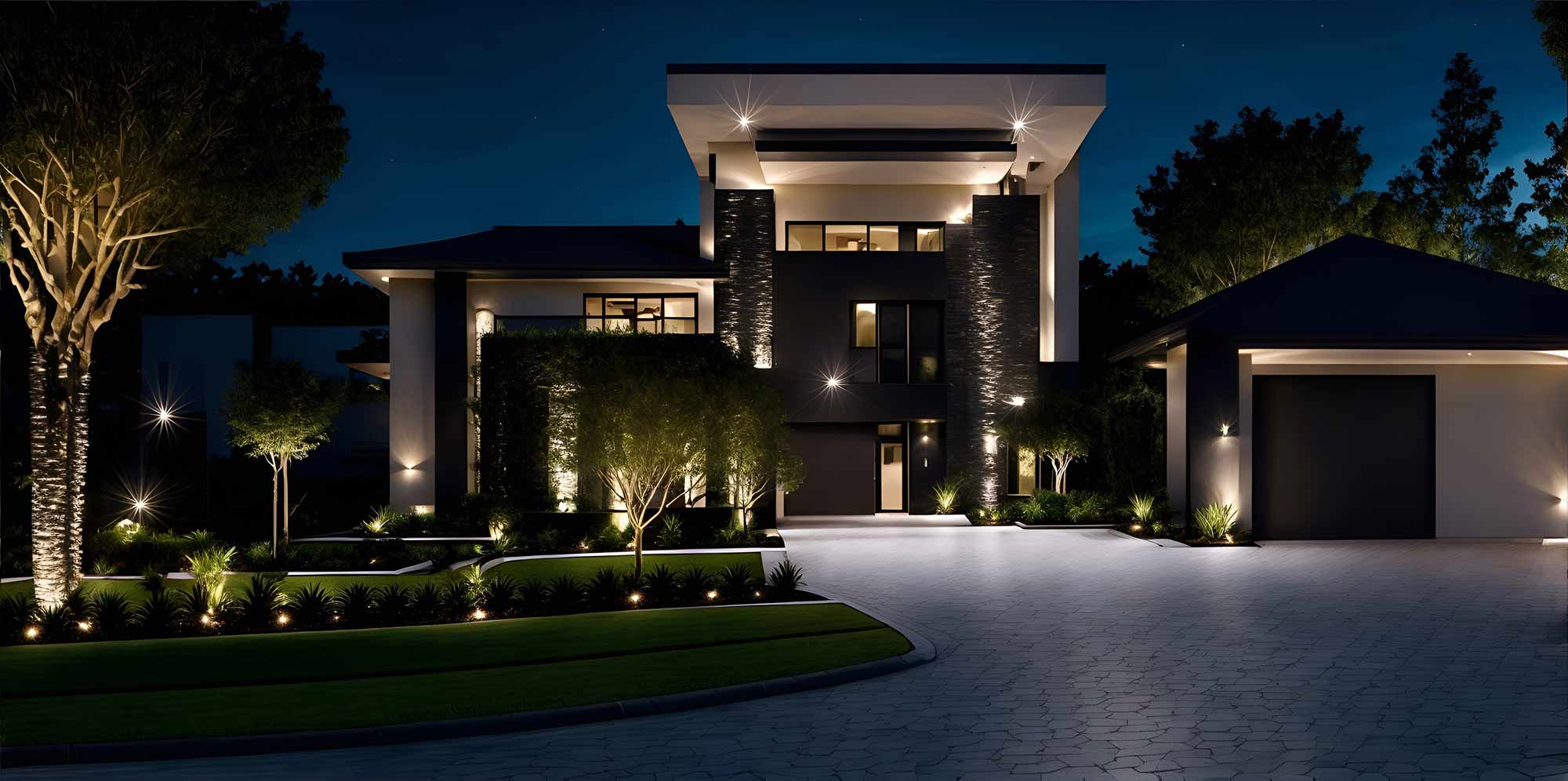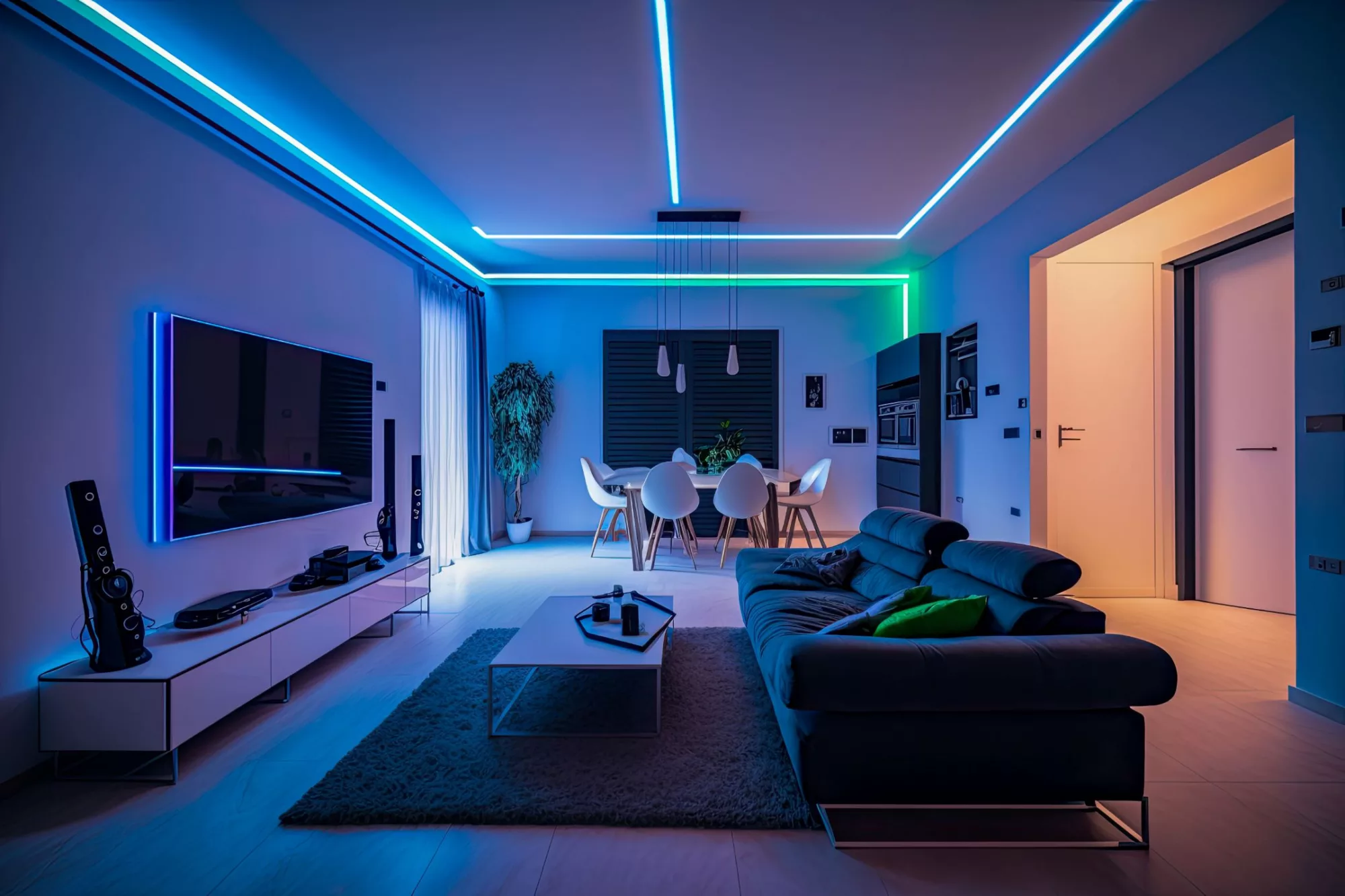Low voltage landscape lighting became prominent in the residential market during the 1950s. This period marked the beginning of its widespread adoption for home...
From candles to lamp bulbs, all types of light have beam sources. When your lighting design calls for a specific mood by utilizing light, beam angles are as important, as if not more important than the temperature emitted by the light.
Beam Angle is a metric that helps you optimize light coverage in the area. I created a guide to help you understand the beam angle in lighting design and what angles are recommended in different scenarios. The beam angle is a measure of light spread calculated from the source (lamp) to the surface. Narrow beam angles will result in an intense spotlight, while broader beams will spread the light out, with less intensity.

Comparison of Beam Angles
The intensity of light is measured in Lumens. The number of lumens per square meter is called LUX, and the value of lumens per square foot is called FOOT CANDLES. The value of lumens required to light up the room depends on the type of light application and the room size.

You can see two methods of referencing a beam angle; one uses angles in degrees, for example, 10, 20, 50, and another uses terminology like spot, wide, narrow, etc. Ok, let’s talk about a few characteristics of beam angles.
120 degrees
This is ideal for those who want to use only a few downlights and still get good coverage. Light will be widely spread on the surface, but the intensity of the light will be weaker; therefore, to get the right result, you should go for a higher lumens value.
60 degrees
Great for large spaces. This is a common solution because it covers large areas but offers less light. It will give you soft diffuse lighting. I recommend this for a living room with standard ceiling height.
30-35 degrees
This is a perfect solution for residential applications and office spaces. It offers softer, general lighting, and the light will not spread throughout the room, making it easier to control glare.
25 degrees
This solution will give you intense light. It will do great illuminating surfaces and highlight the details of the area. Commonly used in kitchens or rooms with higher ceilings.
If the area height is over 9 feet, a 25-degree downlight can create a gorgeous light beam. While looking for 25 degrees lighting source, you can also ask for the “spotlight.” That’s the common name used by professionals in the industry.
15 degrees
This is a concentrated light beam, a crucial element of accent lighting. If you are looking for a light that will only highlight a plant or artwork, a downlight with 15 degrees beam angle will emphasize this element.
While designing a space, you need to understand how each beam will cover the area with the light. And where there is light, there are also dark areas and shadows.
Dark Patches and Hot Spots
What is a dark patch? Nothing more than an area between lights where the beams don’t overlap each other, and a hot spot is where the pool of too much light is directly below the lighting fixture. Poor lighting design usually consists of pools of overly bright light and dull patches. Professional lighting designers utilize software that helps them ensure good lighting uniformity in the area. You can also use the software without knowledge of lighting design; however, there is a learning curve and it will take you longer to understand the metrics. But if you want to try for yourself, I recommend DiaLUX or Relux.
Beam Angles and Type of Building or Room
Building type and room height are the main factors in deciding what light to use. The height of the building will affect the spread of the light beam. For example, areas with high ceilings cannot use the same downlight as a building with a low ceiling. Remember that this decision will affect the visibility in the space. See the picture below to see how beam angles spread changes in the different building height.

The standard height of the ceiling in a residential space is 7.9 to 9 feet. In that case, 60 degrees or more is the satisfactory solution, but the narrow beam is recommended if the ceiling is higher. You have seen in the picture how the coverage of the surface changes based on the distance from the light source.
To equally cover the space, you need to know the industry recommendation for each room. I will give you a few examples.
The sitting room and bedroom: need less intense lighting. 10-20 lumens per square foot is sufficient
Kitchen and bathroom: will need a stronger lighting level, but only in some areas. So for the stove and sink, 70-80 will be sufficient, but 30-40 will be more than enough in general areas.
Hallway: lighting designers will usually go for 5-10 lumens per square foot
Commercial space: require at least 70 lumens per square feet
Office, rooms with computers: 20-50 lumens per square feet
Libraries (public and private): 50-100 lumens per square feet
Reflectance
This factor will impact general illumination in your house. Think about the finish of the wall. Are your walls white, dark, glossy, or matte? Why is this so important? Let me tell you, if you use wide beam lighting in a space with dark walls, the light will not be reflected towards the room, so you will need more lumens. But in a room with glossy white walls, the light beam will be reflected back out – increasing brightness in the space.
To ensure the area receives enough light, think about the lumens and how the specific beam angle will spread through the surface.
Conclusion
Use wider beams in larger spaces and narrower beams in small areas. Think about the type of tasks you are doing in the area, so you choose the right solution for the room, and go back to the paragraph with the recommendation of lumens for the space. If you need more information about the technical specification of lighting or looking for tips for lighting design, visit our blog page for more articles about lighting design or call us at 516-345-2636 to speak to our lighting designer.
Patrycja Glod
Lighting Designer




